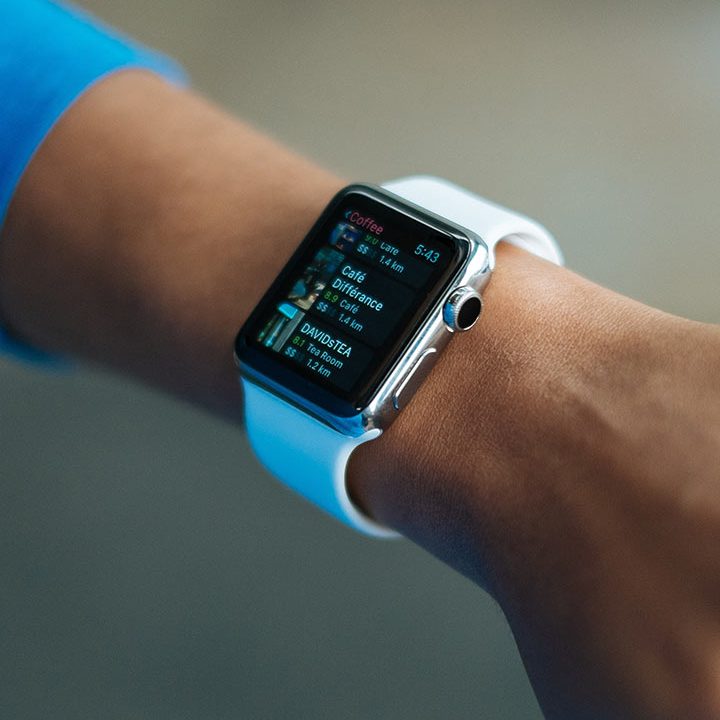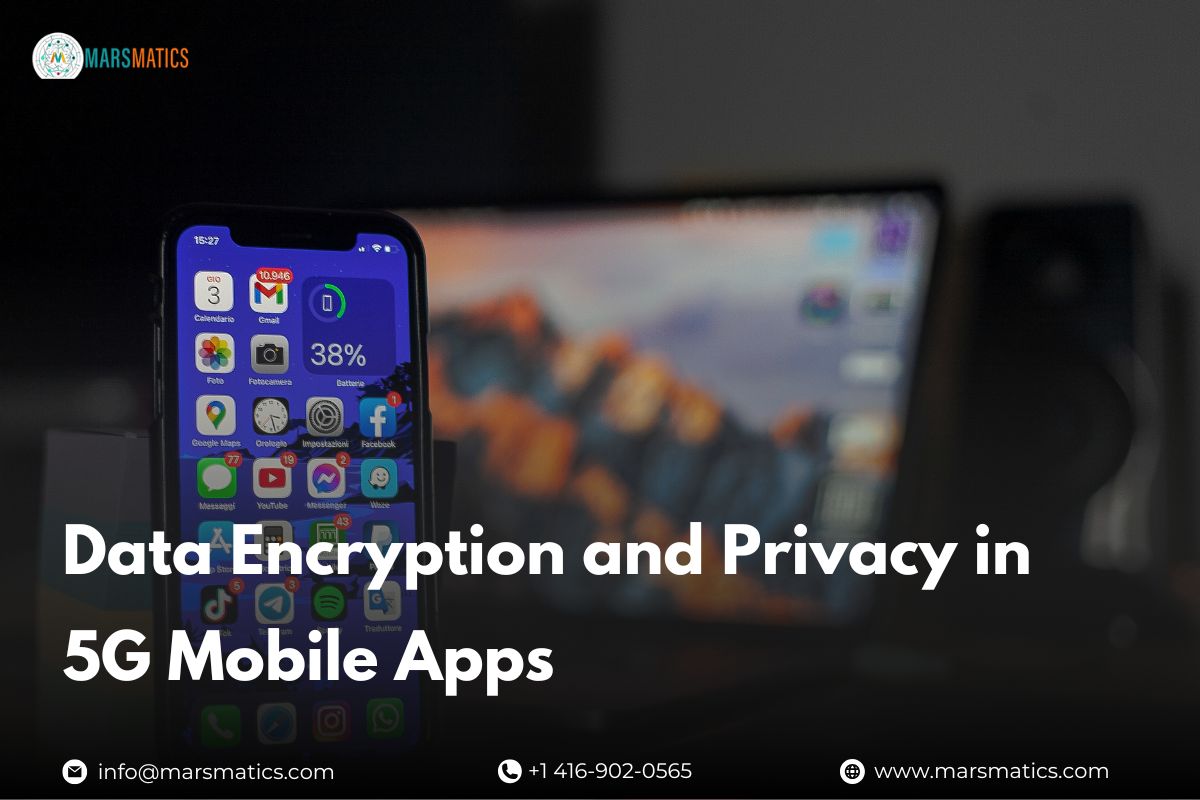Data Encryption and Privacy in 5G Mobile Apps
The arrival of 5G technology has brought incredible speed, lower latency, and the ability to connect billions of devices. But with these advancements, concerns about data encryption in 5G mobile apps and user privacy are growing rapidly. As mobile apps become smarter and more powerful, keeping user data safe and private is more important than ever.
How 5G Changes the Privacy and Security Landscape?
With 5G, everything is faster: downloads, uploads, and even the ways devices talk to each other. This new landscape offers many benefits for businesses and consumers, but it also means 5G mobile app privacy faces new challenges.
5G allows many more devices—including IoT sensors, wearables, and smart home gadgets—to connect at once. This increase leads to more possible attack points, making secure 5G mobile app development a top priority. Plus, faster data transmission gives hackers a wider window to intercept information, while the complexity of 5G networks means vulnerabilities may be harder to spot and fix.
Core Principles of Data Encryption in 5G Mobile Apps
What Is Data Encryption?
At its core, data encryption is the process of converting plain information into unreadable code, so only those with the right key can access it. In data encryption in 5G mobile apps, encryption is essential because data travels across public and private networks, making it a potential target.
There are two main types:
- Symmetric encryption: Uses the same key to encrypt and decrypt data (fast and efficient for real-time apps).
- Asymmetric encryption: Uses a pair of public and private keys, adding extra security for sensitive data and transactions.
Encryption Standards for 5G Networks and Apps:
Modern apps rely on well-established encryption methods such as AES (Advanced Encryption Standard) and RSA (Rivest–Shamir–Adleman). End-to-end encryption in 5G is especially important—it means data stays encrypted the whole way from sender to receiver, protecting it from prying eyes even as it passes through 5G infrastructure.
Additionally, 5G security protocols are designed to handle the massive increase in connected devices and data traffic. Real-time encryption is now a must-have for any app that wants to keep up with the demands and risks of 5G networks.
Also Read: How 5g impacts mobile app development?
Key Privacy Challenges for 5G-Powered Mobile Apps:
With so many devices and sensors online, 5G networks collect more user data than ever before. This raises significant 5G mobile app privacy concerns, including:
- Massive amounts of data collection and increased user tracking
- Greater risk of data interception or “man-in-the-middle” attacks as information travels at high speeds
- Special privacy risks for IoT devices, which often have less robust security
User data protection 5G is complicated by the sheer number of data points and the variety of apps and devices sharing information.
Best Practices for Securing Data and User Privacy in 5G Apps
- Robust Encryption In Transit and At Rest: Always use strong data encryption in 5G mobile apps—not just when data is moving, but also when it’s stored on devices or servers.
- Secure APIs and Authentication: Use secure APIs and reliable authentication (like biometrics or two-factor authentication) to limit access only to trusted users and apps.
- Privacy by Design: Build privacy into your app from the start: collect only necessary data, anonymize personal information, and stay compliant with regulations like GDPR and CCPA.
- User Education: Teach users about privacy settings and app permissions, so they can control what they share and with whom.
All these best practices contribute to secure 5G mobile app development and help protect both the app provider and end users from privacy threats.
Also Read: How 5G Technology is Changing Mobile App Development?
The Future of Data Privacy in 5G Mobile Environments:
As 5G matures, so do the tools to keep data safe. New encryption technologies are emerging, and artificial intelligence is playing a larger role in detecting suspicious activity in real time. Regulations will keep evolving to address privacy gaps in 5G networks, so developers and businesses must stay alert and flexible.
End-to-end encryption in 5G and advanced 5G security protocols will be at the core of this effort, but it’s equally important for both developers and users to remain proactive about data protection.
Also Read: Data Privacy Concerns in 5G Mobile App Ecosystems
Conclusion:
Data encryption in 5G mobile apps and 5G mobile app privacy aren’t just technical requirements—they are essential for trust in our digital world. As 5G brings new speed and convenience, the risks also grow. By understanding best practices and building privacy-first apps, developers can help ensure safer, more secure experiences for everyone.
FAQs
Why is data encryption even more important for 5G mobile apps?
Because 5G allows faster, broader data transmission and more devices online, making it easier for hackers to target user data. Encryption helps keep that information safe even as risks grow.
What are the most secure encryption methods for 5G apps?
AES and RSA remain industry standards, but apps should also use end-to-end encryption in 5G to keep data protected all the way from sender to receiver.
How can users protect their privacy while using 5G mobile apps?
Users should review app permissions, enable strong passwords or biometrics, keep software updated, and use apps from trusted sources.
What should developers do to comply with privacy regulations in 5G environments?
Adopt secure 5G mobile app development practices: encrypt data, minimize data collection, provide privacy controls, and stay up to date with global privacy laws like GDPR and CCPA.








